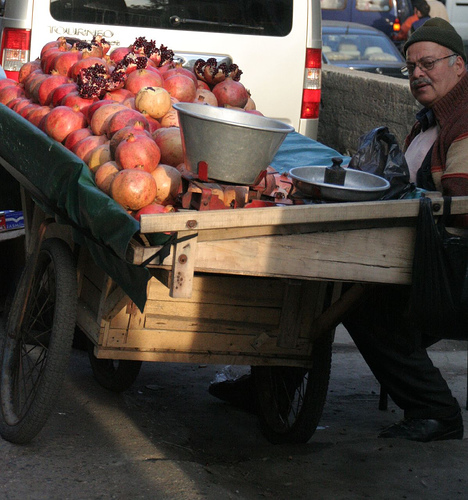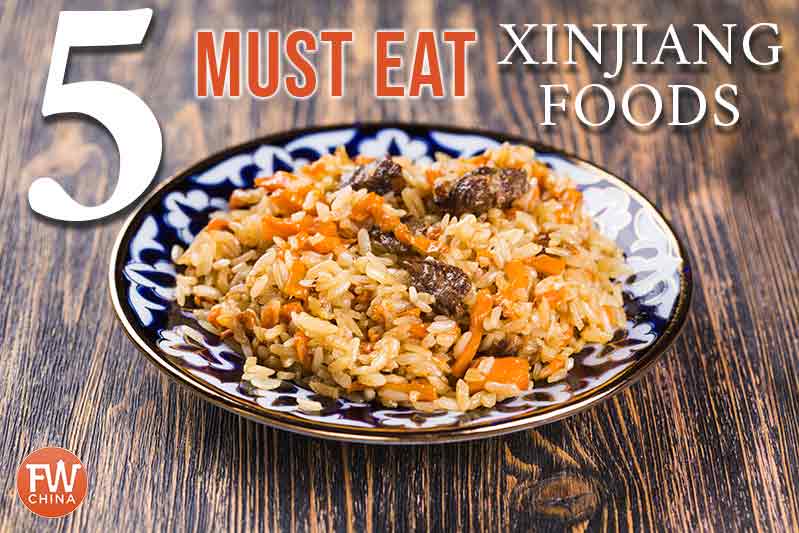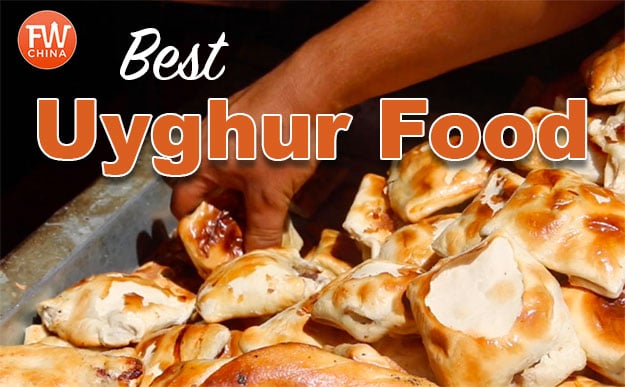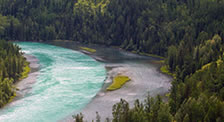Pomegranates: Xinjiang’s Best Foods
Local Name: “Anar”
Chinese Name: 石榴 (shí liu)
Alternate Names: “The stinkin’ coolest Xinjiang fruit”
Description: A fruit predominantly grown in the south and western regions of Xinjiang that makes a tasty snack or refreshing juice.
Xinjiang Pomegranate Country
Although Xinjiang pomegranates can be found all along the southeastern rim of the Taklamakan Desert, the area around Yecheng near Kashgar is the most famous. Pomegranates from these orchards are said to be the sweetest available in the world.
The image of a Xinjiang pomegranate has been a recurring theme in the region’s history, found in various forms of art including the high-quality carpets that also come from this region.
Xinjiang Pomegranate Season: The best time to look for pomegranates in Xinjiang starts as early as August and extends all the way through December or January.
Pomegranates as a Snack
I ate my first Xinjiang pomegranate my first year living there and I’m embarrassed by how little I knew about the fruit. So clueless was I that I didn’t actually know what to do with it when it was handed to me.
I quickly learned how to peel open the skin (which, by the way, is quite bitter) and eat the luscious red sacs (seeds and all!) that fill every free space inside.
Tip for choosing Xinjiang pomegranates: As a general rule of thumb, the heavier the pomegranate the juicier it is (and that’s a good thing). Outside color doesn’t matter as much as you might think, so don’t be discouraged if they don’t have bright red skin.
Pomegranate Juice
One of my favorite Xinjiang-vendor treats is a glass of freshly-squeezed Xinjiang pomegranate juice. Not only is it extremely healthy, it’s also a fun process to watch.
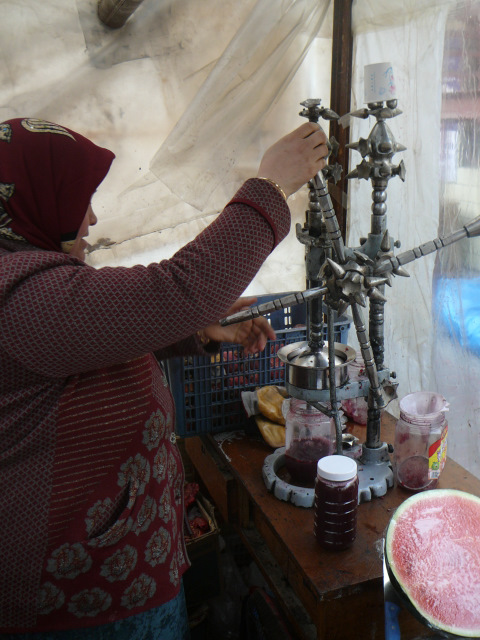
Often you’ll see these contraptions along the street or in the market that look like they are medieval torture devices. Fear not, they are merely glorified juicers.
For anywhere from 2RMB to 20RMB (depending on the size of the glass) the vendor will cut open a fresh pomegranate, squeeze it in front of you and pour you a glass. Be prepared, though: I have a hard time doing anything other than sipping fresh juice thanks to its dark flavor.
Also worth trying: Xinjiang pomegranate wine. It’s sweet, it’s unique and it’s not terribly expensive!
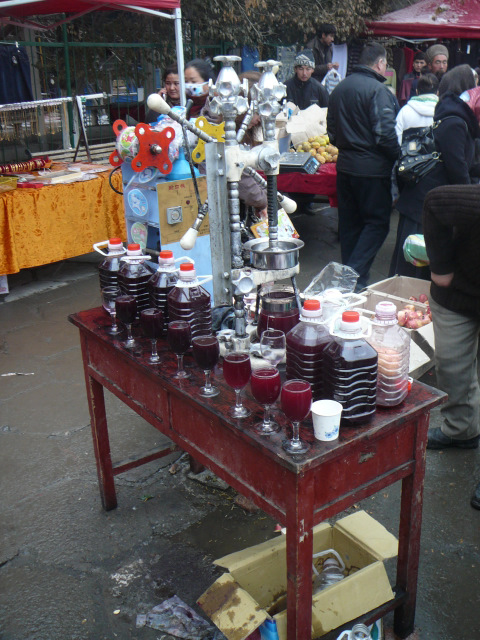
Want to know some other great Xinjiang foods that you have to try whenever you make your way to Xinjiang? Then check out all the FarWestChina articles on Xinjiang Uyghur Food!

